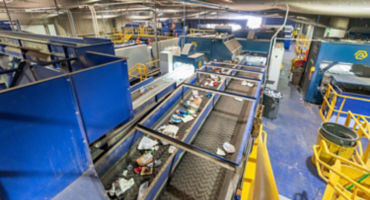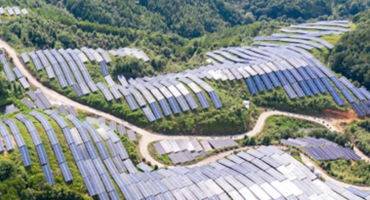Climate mapping in action: Investment case studies
During our earliest visits to Woodwell Climate Research Center, our Climate Research Team realized the central role maps play in their climate science research and analysis. Maps provide spatial context for data and help viewers internalize information, and we immediately understood how additive climate mapping could be for the investment process. We had been synthesizing and sharing climate data with investment teams across Wellington since the start of our research collaboration with Woodwell in 2018, but we knew that for investors to be able to integrate climate projections into their investment process, they needed to translate climate data and insights into measurable outputs. To that end, we created our Climate Exposure Risk Application (CERA), an integrated spatial finance software that helps our investment teams visualize and quantify physical climate risks.
How CERA works
Available to all investors at Wellington, CERA displays Woodwell data on geospatial maps overlaid with financial securities and real assets. CERA shows climate-risk-projection data in five-year increments, up to 30 years out, giving investors a picture of how an asset’s climate risk may change within investable time horizons. By turning data layers on or off, investors who use the tool can see the risk exposure of almost any potential investment, from company property, plants, and equipment; to municipals bonds; to real estate investment trusts (REITs); to insured assets.
Users can identify assets located in “hot spots” that may warrant further fundamental research and/or engagement with company management teams. CERA also enables investors to assess the relative risk of similar assets. If two municipal bonds have similar valuations and terms, for example, but CERA determines that one municipality carries far greater economic risk of climate events, our investors can make more informed investment decisions about climate risks, based on that information. CERA gives investors who choose to use it the ability to compare securities on a climate-risk-adjusted basis and potentially assign more accurate values. We expect the tool to soon have 11,000 global public companies and 193,000 total facilities mapped, using location data from vendors.
Investment case studies
Avoiding assets on the basis of regional climate conditions
One of our investors wanted to understand the climate-risk exposure in his portfolio, which included utilities in the Iberian Peninsula (Figure 1). CERA’s scale showed high regional risk of more extreme heat days and water scarcity over the next 20 years. The investor became concerned that the earnings potential of Spanish utilities, whose highest-margin assets are often hydro-power generators, would suffer because of climate stress. In addition, given Spain’s large agricultural and tourism sectors, the investor worried that utilities might face public scrutiny around water allocation and usage. After seeing these risks mapped in CERA, the portfolio manager decided to avoid those investments, despite attractive near-term fundamentals.















